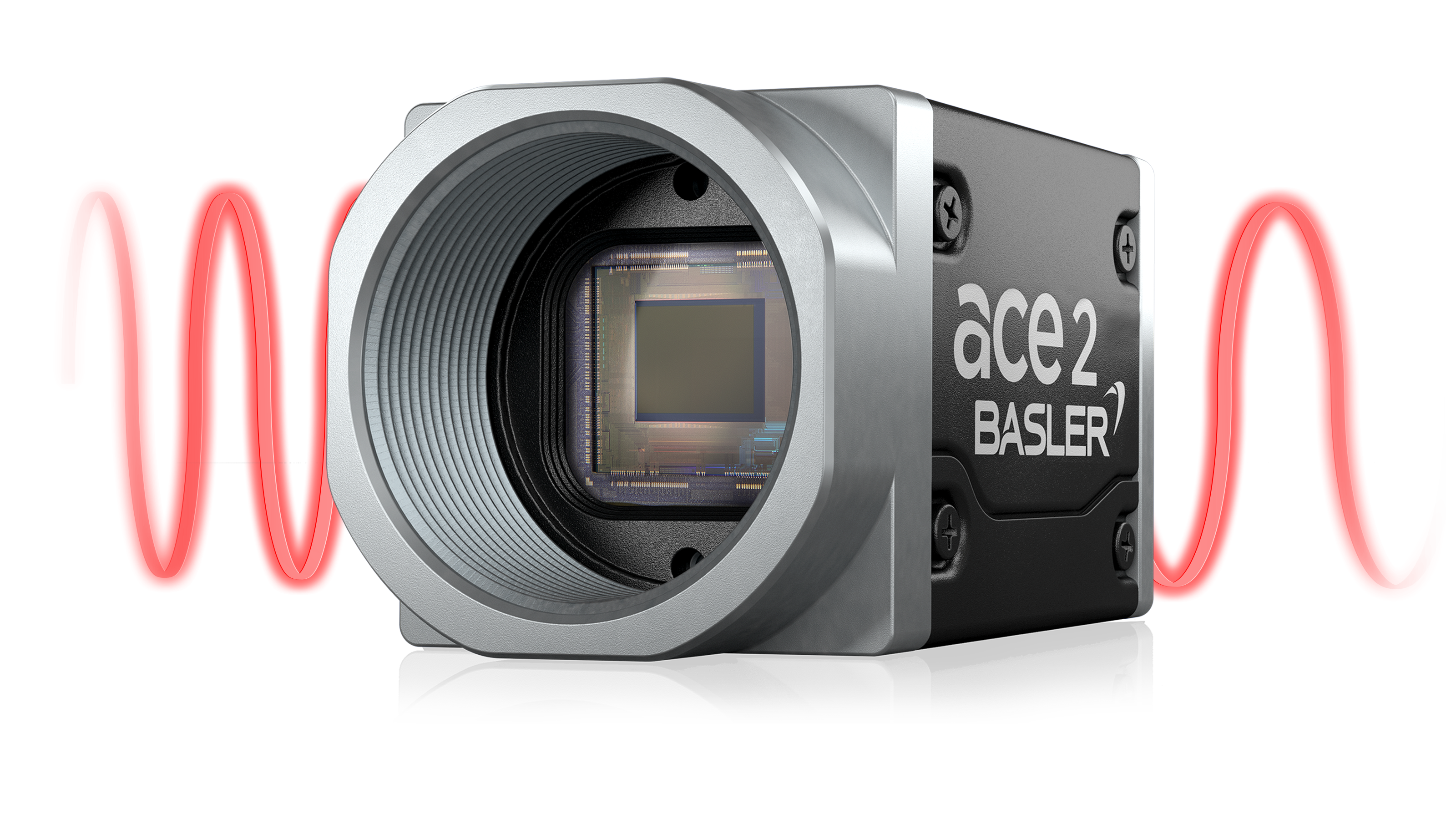-
Fil d’actualités
- EXPLORER
-
Pages
-
Groupes
-
Evènements
-
Reels
-
Blogs
-
Offres
-
Emplois
SWIR Camera Market Growth Analysis and Demand Forecast | 2035

The leadership of the global SWIR camera market is a concentrated affair, held by a select group of companies that possess a deep, often decades-long, expertise in semiconductor physics, advanced optics, and precision manufacturing. The definitive Swir Camera Market Market Leaders can be clearly segmented into two primary groups: the vertically integrated giants who manufacture their own InGaAs sensors, and the specialized camera manufacturers who build best-in-class systems around these sensors. In the first and most powerful group, Teledyne FLIR and Collins Aerospace stand as the unassailable leaders. Their leadership is rooted in their mastery and control of the highly complex and capital-intensive process of manufacturing Indium Gallium Arsenide (InGaAs) focal plane arrays. This gives them a fundamental advantage in performance and supply chain security. With their origins deeply embedded in the demanding defense and aerospace industries, they have a proven track record of producing extremely high-reliability, high-performance SWIR sensors and cameras for mission-critical applications like surveillance, target designation, and remote sensing. Their leadership is built on a foundation of immense technical expertise and long-standing relationships with major government and defense contractors.
In the second category of leaders, those who specialize in building cameras for the industrial and scientific markets, companies like Hamamatsu Photonics and Xenics are at the forefront. While they typically do not manufacture their own InGaAs material, they are masters of camera design and integration. Their leadership is based on their ability to take a raw sensor and build a complete camera system around it that is optimized for a specific application. This includes designing ultra-low-noise readout electronics, sophisticated thermoelectric cooling systems to reduce sensor noise, and powerful software development kits (SDKs) that allow for easy integration into larger machine vision systems. Hamamatsu, with its strong roots in scientific instrumentation, is a leader in providing high-performance SWIR cameras for research, spectroscopy, and medical imaging. Xenics has carved out a leadership position by offering a broad portfolio of SWIR cameras, from very high-speed models for industrial process control to cooled cameras for scientific applications, making them a go-to choice for a wide variety of OEM system integrators.
What unites all these market leaders is their relentless focus on pushing the boundaries of imaging performance and quality. They are all engaged in a constant race to deliver cameras with higher resolutions, lower noise, faster frame rates, and greater sensitivity. They make substantial, sustained investments in research and development, not only in sensor technology but also in the associated electronics, optics, and software. Their leadership is also defined by their global reach and their ability to provide high-quality technical support to a sophisticated customer base. For a scientist conducting a critical experiment or a factory engineer deploying a new inspection line, the reliability of the camera and the quality of the support from the manufacturer are just as important as the raw specifications. It is this combination of technological superiority, product quality, and customer trust that cements the position of these companies as the leaders of the SWIR camera market. The Swir Camera Market size is projected to grow to USD 16.99 Billion by 2035, exhibiting a CAGR of 15.35% during the forecast period 2025-2035.
Top Trending Reports -
- Art
- Causes
- Crafts
- Dance
- Drinks
- Film
- Fitness
- Food
- Jeux
- Gardening
- Health
- Domicile
- Literature
- Music
- Networking
- Autre
- Party
- Religion
- Shopping
- Sports
- Theater
- Wellness


